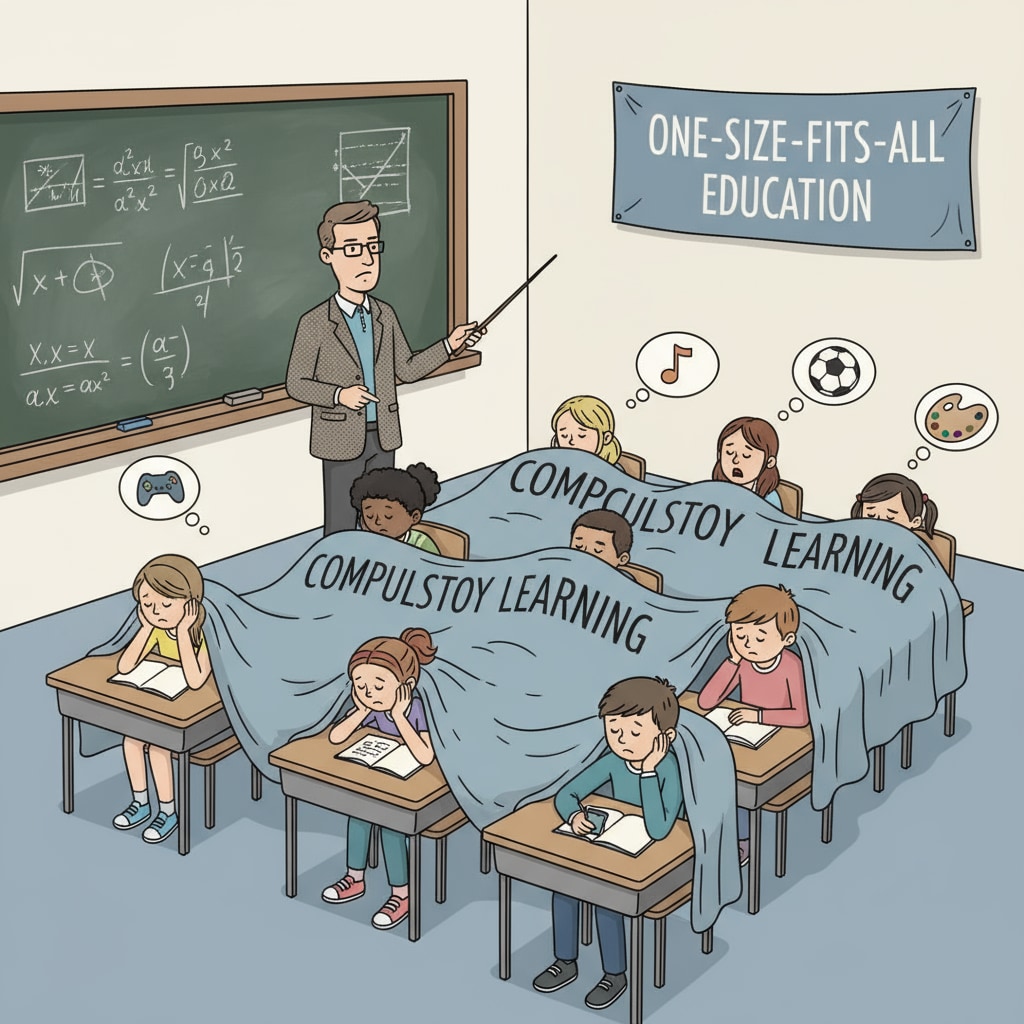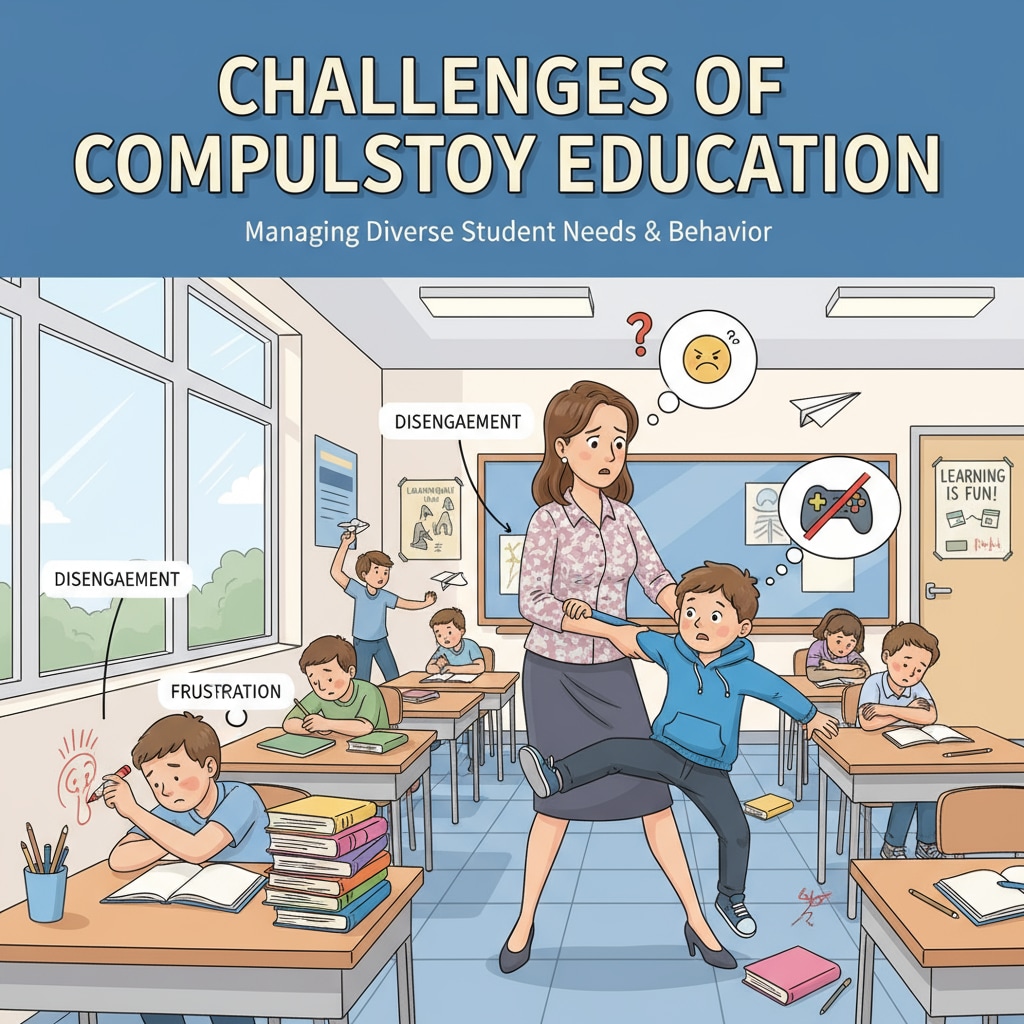The concept of “compulsory learning” within the education system has long been a cornerstone of the K12 framework, yet it brings numerous issues related to student behavior. This deeply ingrained belief has far-reaching consequences that are often overlooked. Let’s take a closer look at the problems it creates.
The Fallacy of Compulsory Learning
The idea that learning can be forced is a misnomer. Learning is a complex, internal process that varies from individual to individual. In the K12 education system, this false belief has led to a one-size-fits-all approach. Students are expected to absorb information at a set pace, regardless of their unique learning styles and interests. For example, in a traditional classroom, teachers often lecture, assuming that all students are equally engaged. However, as Education.com points out, different students have different learning preferences, such as visual, auditory, or kinesthetic. Forcing them to learn in a way that doesn’t suit them can lead to disengagement and behavioral problems.

Challenges in Dealing with Problematic Students
One of the significant issues stemming from the compulsory learning concept is the difficulty in handling dangerous or unruly students. Since the system assumes that all students should be able to learn under the same conditions, it struggles to address the root causes of student misbehavior. These students may act out because they are not engaged in the learning process, which is a direct result of the forced learning environment. According to the American Psychological Association, understanding the individual needs of students is crucial for managing their behavior. But the current system often fails to do so, leading to a cycle of disciplinary actions that don’t solve the underlying problems.

In addition, the prevalence of unconditional passing policies is another consequence of the flawed compulsory learning idea. Schools may be reluctant to hold students back, fearing it will further discourage them. However, this only masks the real issues. Students who are not truly learning may move on to higher grades without the necessary skills, creating a domino effect that weakens the entire education system.
Readability guidance: By understanding these issues, we can see how the concept of compulsory learning has far-reaching implications. It’s time for the education community to reevaluate and design a system that respects the individuality of students and promotes genuine learning.


